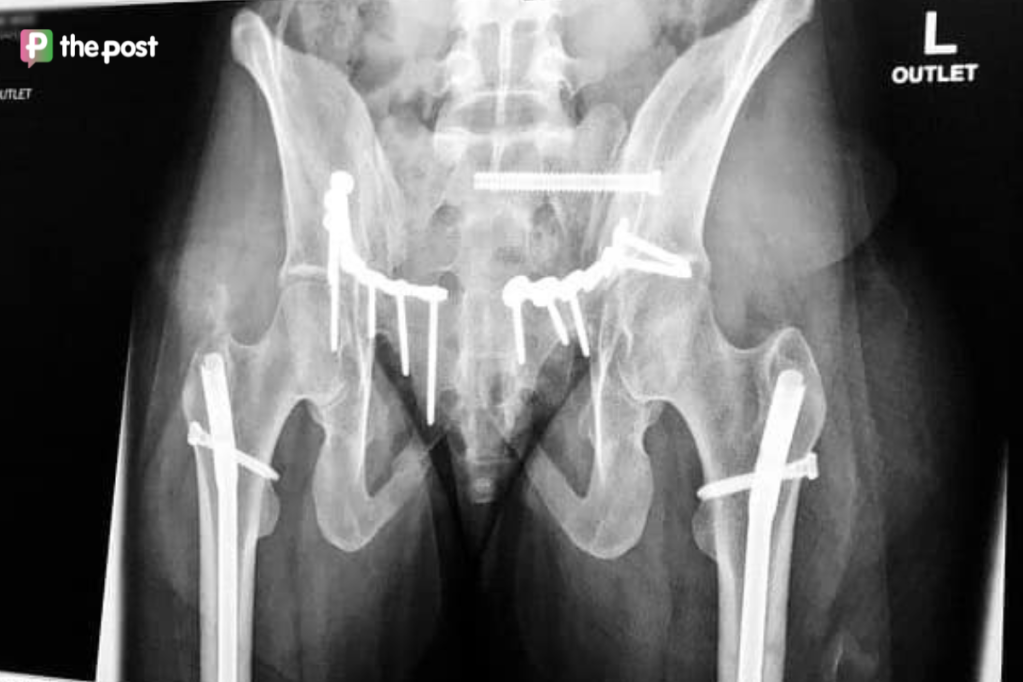The Stats Guy: Understanding the Australians hardest hit by our mental health problem

When I am not busy writing columns for you, I travel around Australia where I explain at conferences what an industry, region, or company looks like through the demographic lens.
I speak at well over 100 such events each year and these days two topics are always on the agenda – AI and mental health.
Two-and-a-half years ago I wrote a column on mental health based on Census 2021 data available to us.
The piece is still very valid and worth reading, but since then, I looked deeper into the prevalence of poor mental health from a demographic perspective and wanted to share some of these findings with you.
Before we start our chart bonanza, a quick recap on how we define poor mental health.
The Census asked if you had a medically diagnosed chronic health condition – one of the possible answers was a mental health condition (depression or anxiety for example).
Australia-wide about 10 per cent say they had been diagnosed with a mental health condition.
We can assume that many people live with an undiagnosed mental health condition and the 10 per cent figure should be viewed as an undercount.
Men, for example, are less likely (8 per cent) than women (11 per cent) to have had poor mental health diagnosed, but account for the lion’s share of suicides in Australia.
We can think of suicide as the ultimate expression of poor mental health and might conclude that men’s mental health isn’t better but just less likely to be diagnosed.
We are not so much talking about a lack of access to mental health services that men might experience, but rather a male reluctance to seek help.
You might like
If access to facilities (psychologists, general practitioners, mental health clinics) were the main reason for potentially underdiagnosed mental health needs, we would expect rural and regional populations to report fewer instances of poor mental health than metropolitan areas. As the chart below shows, the opposite is true.
Do we want to venture a guess as to why rural and regional areas see worse mental health outcomes? Most likely, it’s just wealth.
Rural and regional Australia, on average, is poorer than metropolitan Australia. Many stresses that we experience are linked to a lack of money.
Many problems can be solved by throwing money at the issue. As the next chart shows, Australians in the highest income bracket report much better mental health than low-income earners.
I wrote last year about the NEET population in Australia. These are the people who are Neither in Employment, Education, nor Training. Turns out being disengaged in such a way is terrible for your mental health.
As humans, we must find meaning somewhere in our lives, must find some reason to get out of bed in the morning. Going to school, uni, or into work helps.
Only some NEET Australians are traditional homemakers or stay-at-home parents.
Most NEETs are simply disengaged, might be on some sort of government pension, and integrating them into the workforce would likely improve their mental health.
The NEET cohort aged in their 30s and 40s is particularly interesting to investigate based on sex.
However, when you split mental health data, men are almost always better off than women. The one exception that I found so far are NEET men aged 28-50. These are, of course the prime years of work and childrearing.
Under the traditional gender split, women look after the kids and the home while men provide financially. By being NEET, men are bereft of their traditional sense of meaning and are quite likely to experience poor mental health as a result.
What about women? Aren’t they more likely to be the primary carer? Aren’t they more likely to be driven to insanity by their kids? As the chart below shows, kids might drive you crazy, but they massively improve your mental health.
Stay informed, daily
Granted, for young parents in their teens and early 20s, mental health is worse than it is for people who don’t have kids. These are meant to be the worry-free years of the life cycle when you go exploring the world, falling in and out of love every weekend, and experiment with new ideas, substances, and worldviews.
If you become a parent early in life, you skip the worry-free years as you are forced into responsibility. Parents from their late 20s onwards experience remarkably stable mental health.
Non-parents in their 30s and 40s see increases in poor mental health. Once they hit their 50s, their mental health improves.
In the decade immediately following retirement, their mental health is as good as one of their peers who are parents. The lack of kids (and potential caretakers) might well be the reason non-parents experience poor mental health at up to four times the rate of parents.
Other than making babies from our late 20s onwards, what else is linked to positive mental health? Earning a degree seems to do wonders.
Sure, the outrageously small number of people who earn at least a bachelor’s degree at age 16 experience poor mental health at twice the rate of the rest of the population, but besides this exception, education seems to improve your mental health.
But isn’t ignorance meant to be bliss? Why is education improving mental health? It’s quite simple. Education remains the best indicator for your future income, and as we’ve seen above, money improves your mental health.
To end the column on a real low, let’s have a look at the mental health profile of two disadvantaged groups.
We start with Australia’s indigenous population. As you would’ve expected from the rural and regional data above, indigenous Australians report about 50 per cent more cases of poor mental health than non-indigenous Australians.
If this chart wasn’t depressing enough, let’s look at the data for Australians needing assistance with activities of daily life.
This is the Census classification that comes closest to defining who lives with a disability.
The first observation is the scale in this chart. About half of the working-age population that has the need for assistance experience poor mental health. That is an outrageously high proportion.
Focusing on the mental health of people we provide physical assistance to couldn’t be more important. When discussing the cost blowouts of the NDIS (National Disability Insurance Scheme), we’d better keep this chart in mind too.
What should we do with this information about mental health?
I would argue we must continue to take mental health seriously. We must understand that we are only slowly gaining awareness of the scale of the problem.
We slowly understand how poor mental health is linked to other adverse outcomes. What can we do to improve our collective Australian mental health?
We can become richer as money helps heaps; we can distribute wealth in a way that the bottom third of the income pyramid can keep their heads above the water; we can continue and expand our current mental health offerings; we should also improve our understanding of which preventative interventions help us to minimise the number of mental health cases in the country – it’s cheaper for government to do so but, more importantly, it’s the morally right thing to do.
Simon Kuestenmacher is a co-founder of The Demographics Group. His columns, media commentary and public speaking focus on current socio-demographic trends and how these impact Australia. His podcast, Demographics Decoded, explores the world through the demographic lens. Follow Simon on Twitter (X), Facebook, or LinkedIn.







